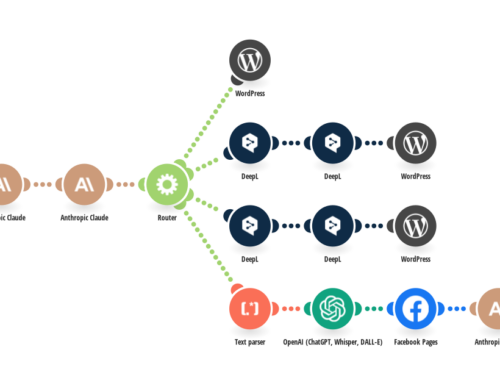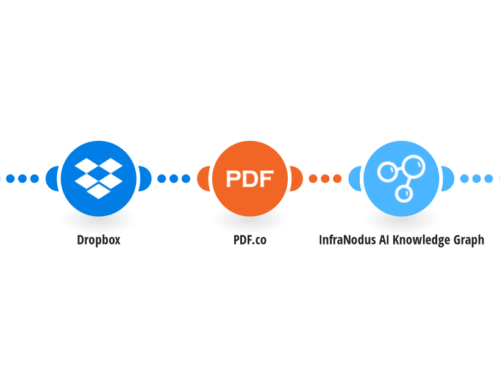Glossary: Bias and Ethics in Hiring Algorithms
Algorithmic Bias
Algorithmic bias refers to systematic and repeatable errors in a computer system that create unfair outcomes, such as privileging one group of candidates over another. In hiring algorithms, bias can stem from skewed training data, flawed model design, or inadequate oversight. For example, if an AI is trained on resumes from a historically homogeneous workforce, it may learn to favor traits common in that group, unintentionally disadvantaging others. Recognizing and mitigating algorithmic bias is critical for creating equitable, inclusive hiring practices.
Fairness in AI
Fairness in AI refers to the principle that algorithmic decisions should not produce discriminatory outcomes and should be equitable across different demographic groups. In hiring, fairness means ensuring that the system does not favor or exclude candidates based on protected characteristics like gender, race, or age. Measuring fairness often involves statistical analysis of outcomes across groups and implementing fairness-aware machine learning models that proactively reduce bias during training and decision-making.
Explainability (or Explainable AI)
Explainability is the ability to clearly describe how an AI model arrived at a specific decision or recommendation. In hiring, this helps recruiters, HR leaders, and candidates understand why someone was advanced or rejected by an algorithm. Transparent AI builds trust, facilitates compliance with regulations, and enables auditing for bias or unfair treatment. It’s especially important in high-stakes decisions like employment, where accountability and legal exposure are major concerns.
Disparate Impact
Disparate impact is a legal and statistical concept that refers to policies or systems that appear neutral but result in a disproportionate negative effect on protected groups. In hiring algorithms, disparate impact can occur when AI inadvertently filters out candidates from certain backgrounds more frequently—even if unintentionally. U.S. employment law requires companies to demonstrate that any such systems are job-related and consistent with business necessity, which places a burden on AI vendors and employers to test for and address bias proactively.
Auditability
Auditability is the capability to track, review, and validate the decision-making process of an algorithm. For hiring technologies, this includes storing logs of inputs, outputs, and model changes so organizations can evaluate whether AI systems are functioning fairly and legally. Auditable systems allow for post-hoc analysis of hiring decisions and make it easier to respond to regulatory inquiries or internal compliance reviews. Without auditability, organizations are exposed to legal and reputational risk when using AI in talent selection.
Training Data Bias
Training data bias occurs when the datasets used to train AI models reflect historical prejudices, underrepresentation, or imbalances that lead to unfair or inaccurate outcomes. In hiring, biased data may cause AI to favor certain demographics or skill sets. Mitigating this requires careful dataset selection, augmentation strategies, and bias detection protocols to ensure balanced, representative data.
Proxy Variables
Proxy variables are inputs that inadvertently stand in for protected characteristics like race or gender. Even if an AI model doesn’t use these characteristics directly, it might infer them through correlated data such as ZIP codes or universities. This can perpetuate discrimination unless those proxies are identified and neutralized during model development.
Model Drift
Model drift refers to the gradual degradation of a model’s performance over time due to changes in input data or real-world conditions. In the hiring context, if workforce trends shift or candidate behavior evolves, a previously accurate model may begin producing biased or irrelevant results. Regular monitoring is required to retrain and realign models with current standards.
Transparency
Transparency in AI refers to making the model’s behavior, assumptions, and decision processes understandable to stakeholders. In hiring, transparency supports fairness by allowing recruiters, candidates, and regulators to understand why certain decisions are made. It’s also a foundational component of ethical AI development and helps build trust.
Bias Audits
Bias audits are systematic evaluations of an AI system’s behavior to detect and quantify discrimination or unfair treatment. In hiring technology, these audits often include testing outcomes by gender, race, or age groups to ensure that the AI isn’t favoring or excluding certain demographics. Bias audits are increasingly being mandated by regulatory bodies and industry standards.
Ethical AI
Ethical AI encompasses the development and use of artificial intelligence systems in a manner consistent with societal values, fairness, accountability, and human rights. In hiring, ethical AI means designing systems that respect candidate privacy, avoid discrimination, and support human oversight throughout the recruitment process.
Human-in-the-Loop
Human-in-the-loop (HITL) is an AI design approach where humans remain involved in key decision points, especially where fairness, ethics, or legal risk is involved. In recruitment, this means using AI to assist with parsing or scoring but allowing recruiters to review and make final decisions to ensure contextual judgment and accountability.
Regulatory Compliance
Regulatory compliance refers to the requirement that AI systems in hiring adhere to laws like the Equal Employment Opportunity Act, GDPR, CCPA, and emerging AI-specific legislation. This includes ensuring transparency, consent, fairness, and non-discrimination. Failing to comply can result in legal penalties and reputational damage.
Data Minimization
Data minimization is a privacy principle that limits data collection and use to only what is necessary for the intended purpose. In AI hiring systems, this helps reduce the risk of collecting irrelevant or sensitive data that may lead to bias or privacy violations. It’s also required under regulations like GDPR.
Candidate Consent
Candidate consent is the informed agreement given by a job seeker for their data to be used by AI systems. This includes understanding how their resume will be parsed, analyzed, and stored. Ethical and legal standards require that this consent be freely given, specific, informed, and revocable, particularly when personal data is involved.





